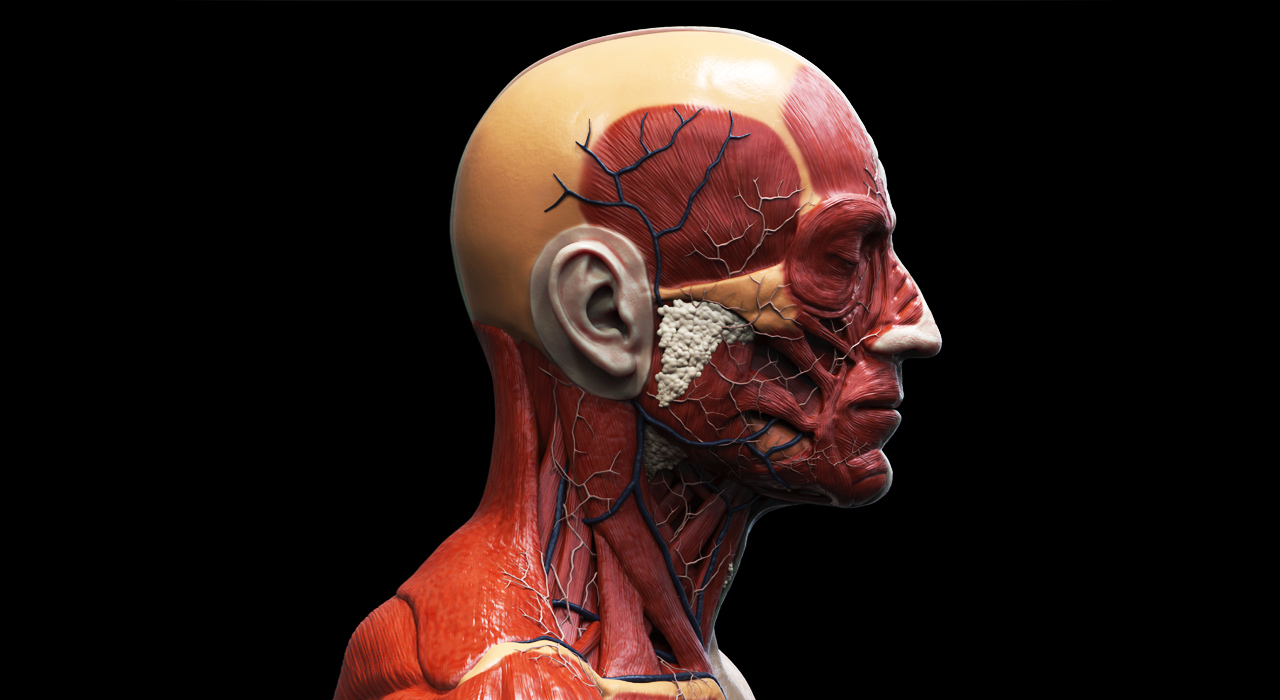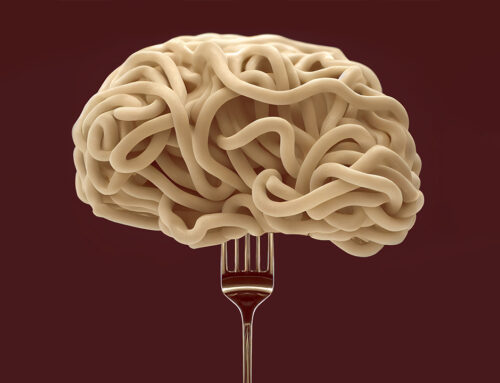Where you look when performing each exercise will make or break your posture. Worse yet, could cause injury to the neck. We’ve created your cheat sheet for perfect positioning.
The status quo for head position while training
Many performance coaches encourage athletes to look up but placing the cervical spine in extension while lifting is an injury waiting to happen. The discs of the vertebrae are compressed when looking up, which is amplified if your starting point is poor.
The solution?
Pack your neck so there’s a 90-degree angle where the chin meets the neck at all times. When you stand tall and look straight ahead, this relationship between the head and body should be mirrored regardless of your position.
Practice your head position in-between sets
Try the wall chin tuck stand straight with your back to a wall, and place a towel or thin pad behind your head. Simply drive the back of your head (while still remaining tall) back against the wall, and hold that contraction for 15-20 seconds. Repeat for 6-8 sets, and rest 30-45 seconds between sets.
Correct head position for the common offending exercises
Rectify common offenders, avoid exercise injury and ensure a safe lift in these workout staples.
Deadlifts
Your eyes dictate where your head faces at any given time. Focus on a spot 1-2m in front of the bar, and don’t look too far ahead of that point as you come to the top.
Squats
Remember, your torso’s angled forwards at the top, and very forward at the bottom. Looking down will keep your spine safe and help you squat deeper.
Curls
Don’t look at the ground or at your arms, which can cut off nerve conduction through the brachial plexus, and do them with your head stacked straight ahead. Sit in an upright bench.
Bench press
This is a simple instruction: keep your head on the bench. That’s the main thing to remember but avoid watching the bar touch your chest, too.
Overhead press
This move asks for a head- through-the-window finish, but many lifters peek too far, which promotes an overhead load supported by an unfavorable cervical spine position.







